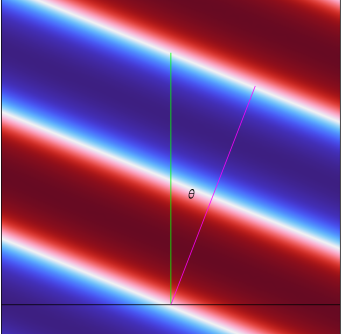|
For more information about the use of PMLs in acoustics simulations, see Perfectly Matched Layers (PMLs) in the Acoustics Module User’s Guide.
|
|
•
|
The typical wavelength represents the longest wavelength of propagating waves in an infinite medium. It is normally provided by a physics interface. For nondispersive media, it is expected to be inversely proportional to the frequency and serve to make the PML perform similarly for all frequencies.
|
|
In eigenfrequency studies, the typical wavelength parameter must not depend on the — unknown — frequency. When the typical wavelength is set to be obtained from a physics interface, it is therefore redefined to be equal to the PML width Δw instead. A user-defined typical wavelength applies as entered, but must not be a function of the frequency. It is often most convenient to draw and mesh the PML as if it had been part of the physical domain. To tune its effective thickness, use the scaling factor.
|
|
•
|
The PML scaling factor multiplies the typical wavelength to produce an effective PML thickness. The absorbing power of the PML is a function of the number of effective wavelengths across the PML in the stretching direction. For example, to retain good absorption for plane waves incident at an angle θ relative to the boundary normal, the PML has to be made thicker by setting the scaling factor to 1/cos(θ); see Figure 5-14 below. This will keep the PML one effective wavelength thick also for oblique incidence.
 |
|
•
|
The PML curvature parameter serves to relocate mesh resolution inside the PML. When there are components present which decay inside the PML much faster than the longest waves, the resolution must be increased in the zone closest to the boundary between PML and physical domain. Increasing the curvature parameter effectively moves available mesh elements toward the inner PML boundary. This is often necessary when the wave field contains a mix of different wavelengths or a mix between propagating and evanescent components.
|